- 全部删除
 您的购物车当前为空
您的购物车当前为空
EGFR Protein, Human, Recombinant (aa 668-1210, His & GST)
产品编号 TMPY-04529
EGFR Protein, Human, Recombinant (aa 668-1210, His & GST) is expressed in Baculovirus insect cells with His and GST tag. The predicted molecular weight is 89.1 kDa and the accession number is P00533-1.
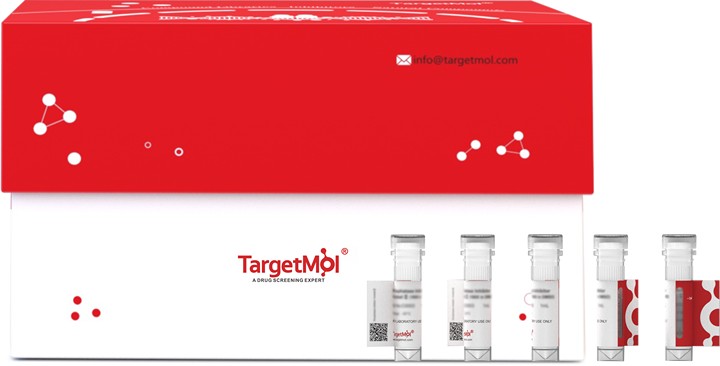
EGFR Protein, Human, Recombinant (aa 668-1210, His & GST)
一键复制产品信息产品编号 TMPY-04529
EGFR Protein, Human, Recombinant (aa 668-1210, His & GST) is expressed in Baculovirus insect cells with His and GST tag. The predicted molecular weight is 89.1 kDa and the accession number is P00533-1.
| 规格 | 价格 | 库存 | 数量 |
|---|---|---|---|
| 5 μg | ¥ 585 | 6-8日内发货 | |
| 10 μg | ¥ 958 | 6-8日内发货 | |
| 20 μg | ¥ 1,590 | 5日内发货 | |
| 50 μg | ¥ 3,170 | In stock | |
| 100 μg | ¥ 5,420 | 5日内发货 | |
| 200 μg | ¥ 9,260 | 5日内发货 | |
| 500 μg | ¥ 18,700 | 5日内发货 |
大包装 & 定制
加入购物车
TargetMol 的所有产品仅用作科学研究或药证申报,不能被用于人体,我们不向个人提供产品和服务。请您遵守承诺用途,不得违反法律法规规定用于任何其他用途。
产品信息
| 生物活性 | 1. The specific activity was determined to be>70 nmol/min/mg using Poly(Glu:Tyr) 4:1 as substrate.
2. Immobilized EGF Protein, Human, Recombinant (ECD, hFc Tag) at 2 μg/mL (100 μL/well) can bind EGFR Protein, Human, Recombinant (aa 668-1210, His & GST Tag)in functional ELISA. |
| 产品描述 | EGFR Protein, Human, Recombinant (aa 668-1210, His & GST) is expressed in Baculovirus insect cells with His and GST tag. The predicted molecular weight is 89.1 kDa and the accession number is P00533-1. |
| 种属 | Human |
| 表达系统 | Baculovirus Insect Cells |
| 标签 | His, GST |
| 蛋白编号 | P00533-1 |
| 别名 | PIG61,NISBD2,mENA,HER1,ERBB1,ERBB,epidermal growth factor receptor |
| 蛋白构建 | A DNA sequence encoding the cytoplasmic domain (Met 668-Ala 1210) of human EGFR (NP_005219) was fused with the N-terminal polyhistidine-tagged GST tag at the N-terminus. Predicted N terminal: Met |
| 蛋白纯度 | > 75 % as determined by SDS-PAGE  |
| 分子量 | 89.1 kDa (predicted) |
| 内毒素 | < 1.0 EU/μg of the protein as determined by the LAL method. |
| 蛋白性状 | Solution |
| 缓冲液 | Supplied as sterile 20 mM Tris, 500 mM NaCl, 10% glycerol, pH 7.4. |
| 复溶方法 | A Certificate of Analysis (CoA) containing reconstitution instructions is included with the products. Please refer to the CoA for detailed information. |
| 存储 | It is recommended to store the product under sterile conditions at -20°C to -80°C. Samples are stable for up to 12 months. Please avoid multiple freeze-thaw cycles and store products in aliquots. |
| 运输方式 | Kinases are highly recommended to be shipped at frozen temperature with blue ice or dry ice. |
| 研究背景 | As a member of the epidermal growth factor receptor (EGFR) family, EGFR protein is type I transmembrane glycoprotein that binds a subset of EGF family ligands including EGF, amphiregulin, TGF-α, betacellulin, etc. EGFR protein plays a crucial role in signaling pathway in the regulation of cell proliferation, survival and differentiation. Binding of a ligand induces EGFR protein homo- or heterodimerization, the subsequent tyrosine autophosphorylation and initiates various down stream pathways (MAPK, PI3K/PKB and STAT). In addition, EGFR signaling also has been shown to exert action on carcinogenesis and disease progression, and thus EGFR protein is proposed as a target for cancer therapy currently.Cancer ImmunotherapyImmune CheckpointImmunotherapyTargeted Therapy |
计算器
SCI 文献
技术支持
请阅读 重组蛋白用户指南 了解更多具体信息.







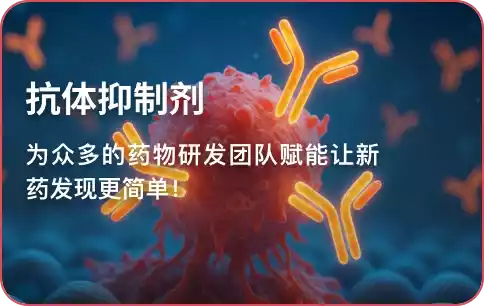

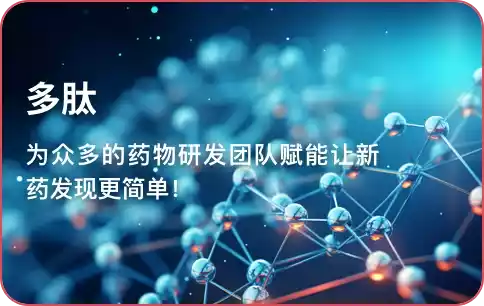
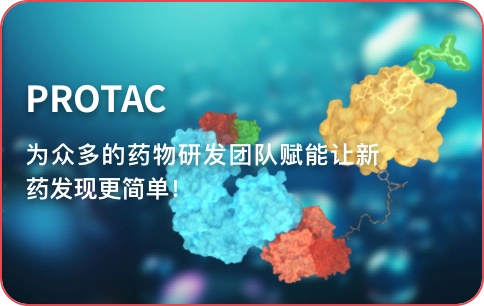
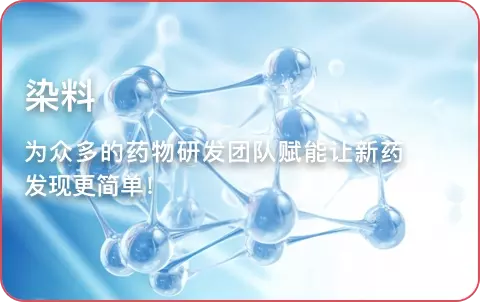



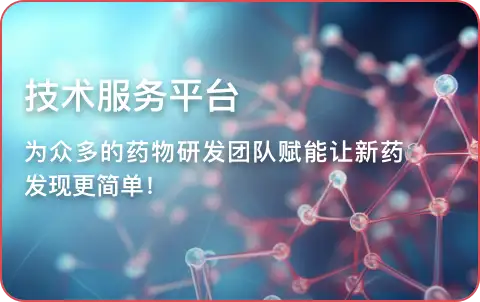
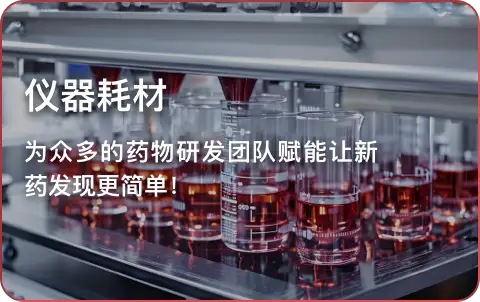

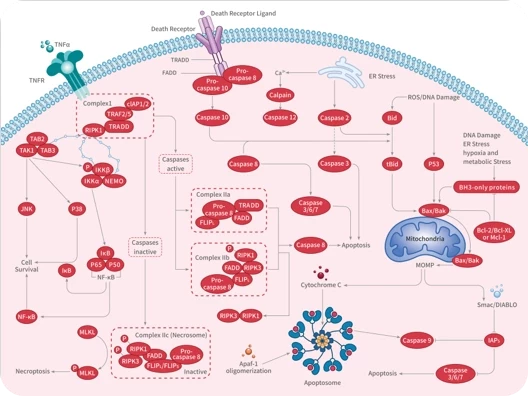
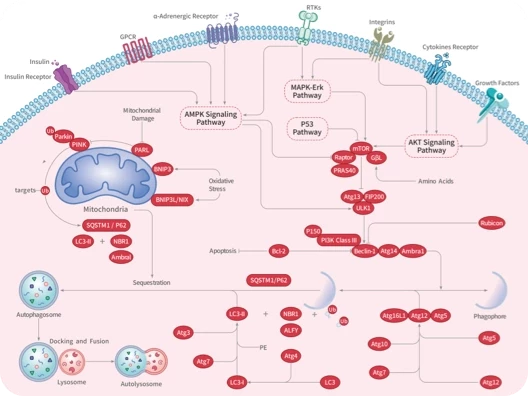

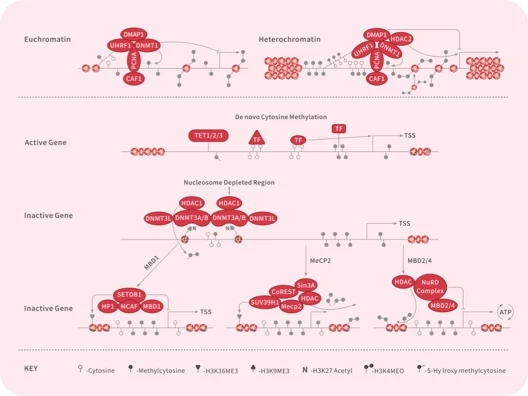
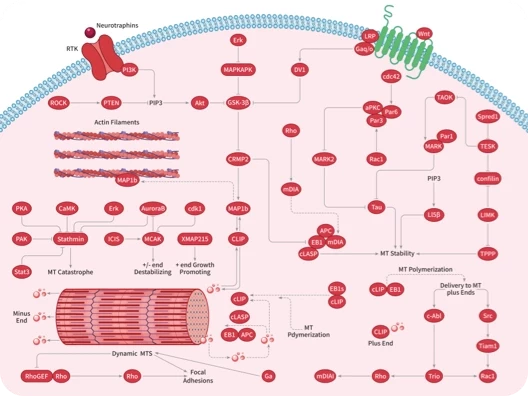
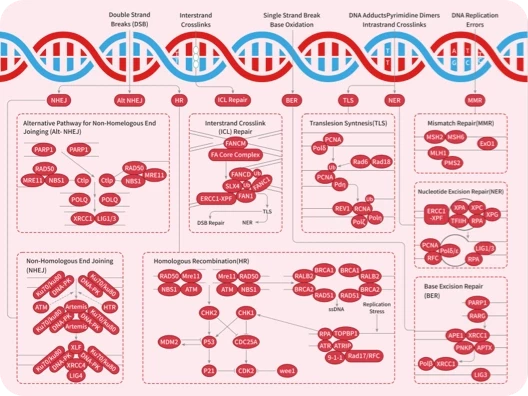
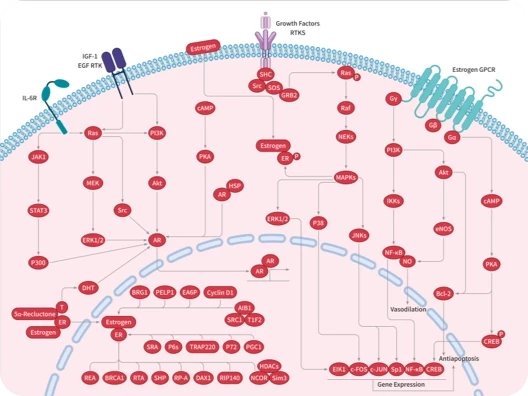
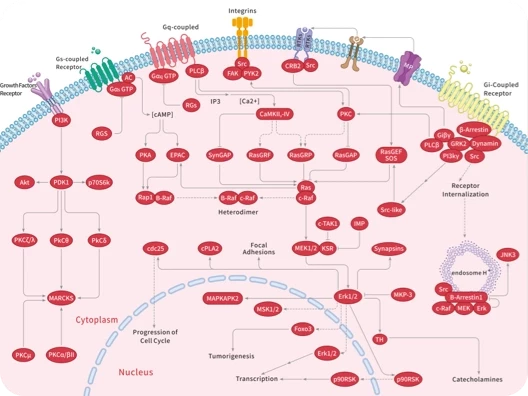
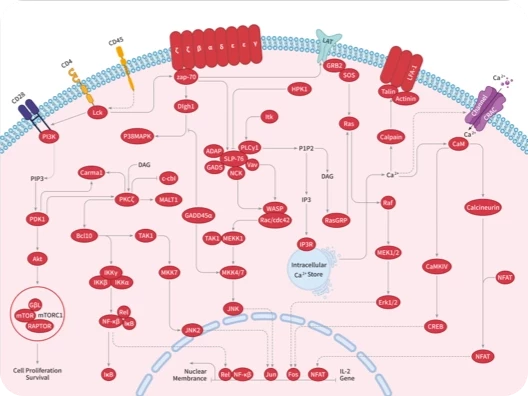
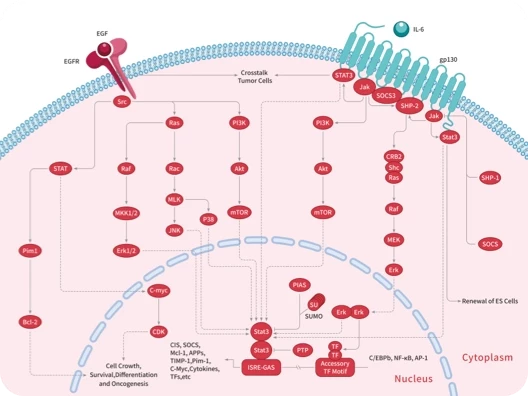
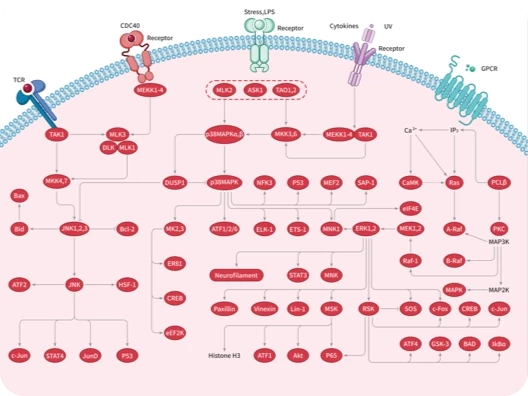
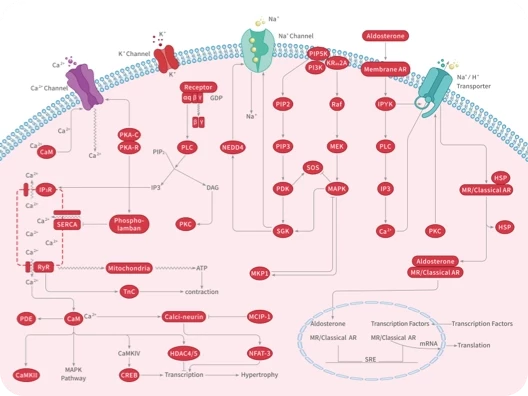
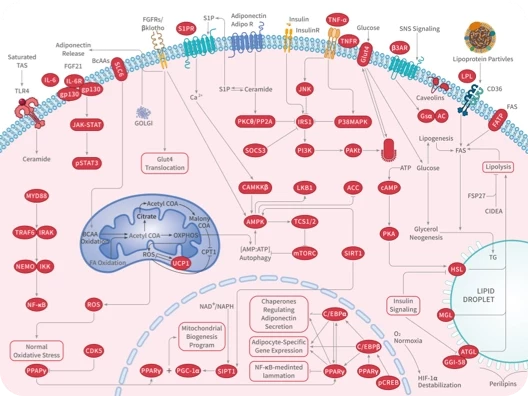
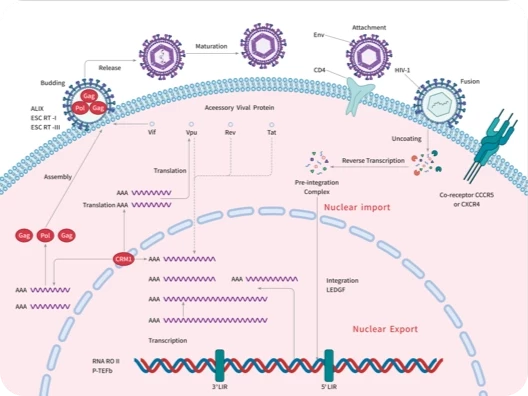

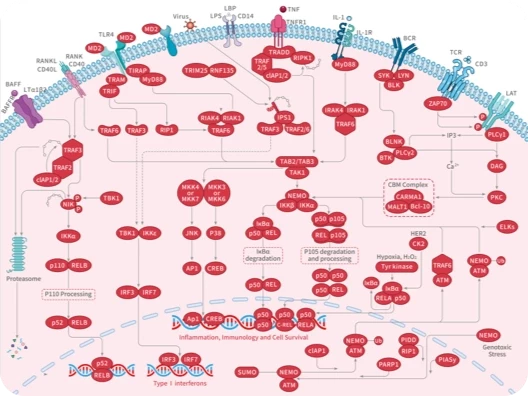
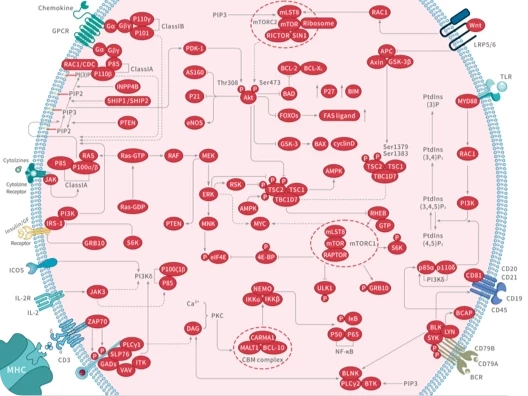
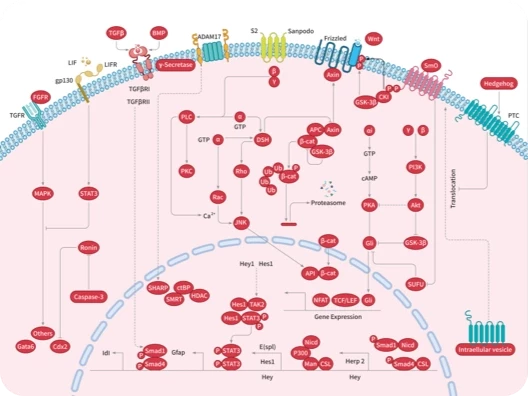
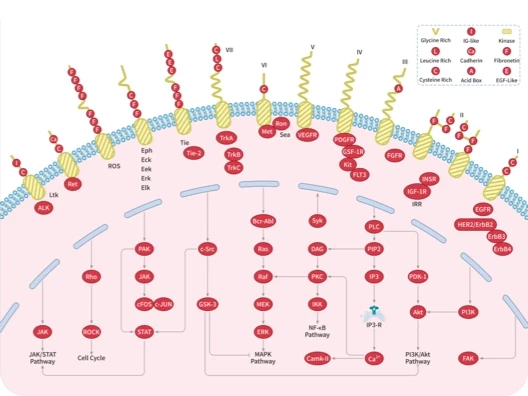
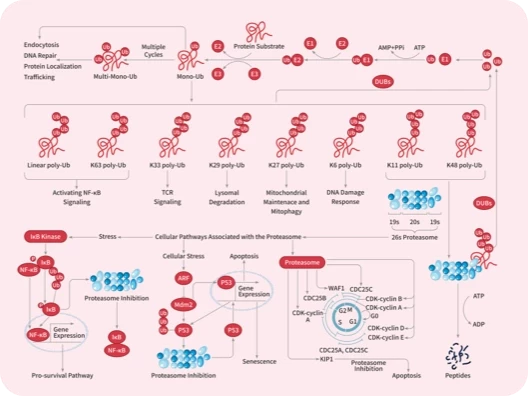


 |
|